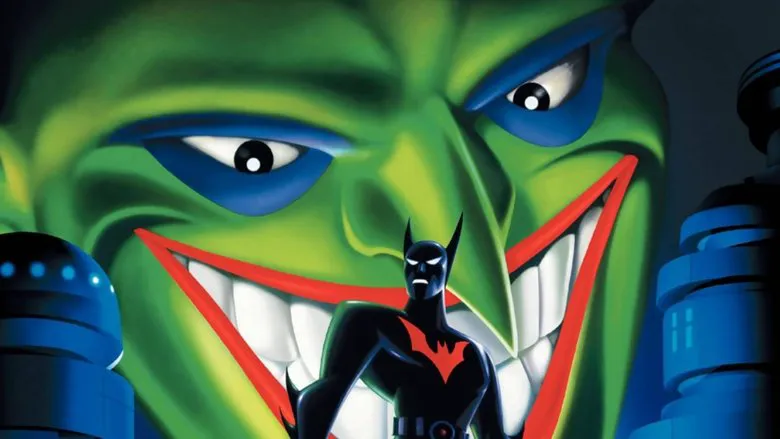The Joker: Gotham’s Unsung Anti-Hero in The Dark Knight?
A truly captivating theory has been gaining significant traction within the dedicated Dark Knight fanbase, suggesting a radical departure from the conventional understanding of the Joker’s role. Far from being merely a chaotic psychopath, this compelling interpretation posits that the Clown Prince of Crime might, in fact, be the unsung, albeit twisted, hero of the film. Originating from a keen observation on Reddit, this theory meticulously argues that every perceived ‘failure’ of the Joker’s intricate schemes is, astonishingly, a deliberate and calculated step toward achieving a much grander, arguably altruistic, objective. Like many fan theories, it demands a certain imaginative leap and a willingness to see beyond the obvious, prioritizing intriguing speculation over straightforward narrative explanations.
While unconventional, this perspective offers a surprisingly coherent, albeit disturbing, motivation for the Joker’s seemingly random and destructive acts of anarchy. It resonates with other popular fan-driven narratives that reinterpret established lore, such as the Harry Potter theory that Dumbledore is a time-traveling Ron Weasley – both thrive on connecting seemingly disparate dots to form a new, compelling picture. Such theories often aim to provide a deeper, more satisfying ‘why’ even if it means bending the narrative a little.
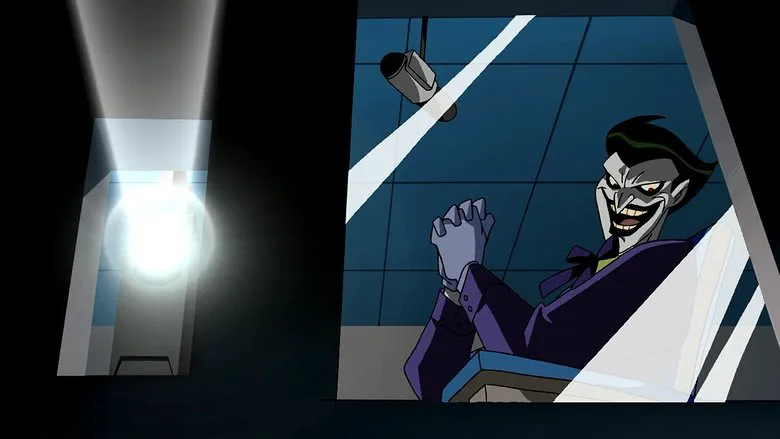
Decoding the Joker’s Orchestrations
When viewed through this analytical lens, a remarkable pattern emerges in almost every scene featuring the Joker. His meticulously orchestrated criminal activities frequently appear to unravel or backfire. Yet, these apparent ‘setbacks’ consistently lead to significant long-term consequences: the imprisonment or demise of corrupt officials, the systemic weakening of organized crime, and even the eventual disappearance of Gotham’s prominent vigilante, Batman, for a substantial eight-year period. This theory contends that these supposed failures are not blunders but rather meticulously planned components of the Joker’s expansive, audacious design to cleanse Gotham.
It becomes increasingly difficult to deny that the Joker, beneath his veneer of unpredictable madness, stands as the true master strategist of The Dark Knight. The film’s iconic opening sequence, the audacious bank heist, serves as a prime example. This wasn’t merely a robbery for monetary gain; the systematic elimination of the hired robbers was a calibrated move, not for the take, but to flush out the elusive mob accountant, Lau, and seize the vast fortunes of Gotham’s criminal families stored within the bank’s vaults. Each step, though seemingly chaotic, was executed precisely to achieve a specific, larger goal.
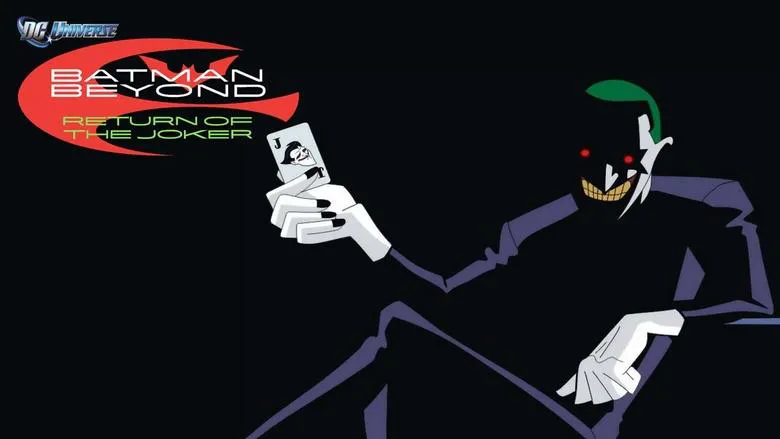
The Joker’s Master Plan Unveiled
As the Joker coolly anticipated, this meticulously executed maneuver yielded perfect results. Batman, driven by his unwavering commitment to justice, was compelled to journey to Hong Kong to ‘extradite’ Lau back to Gotham. Upon his contentious return, Lau was conveniently placed in a location readily accessible to the Joker – precisely what the Joker needed. While one might interpret this as a convenient plot device, within the framework of this theory, it undeniably facilitated the Joker’s covert mission to eliminate key criminals and deeply embedded corrupt officials, effectively preventing them from escaping the justice he believed they deserved.
Contrast this with the actions of Harvey Dent, whose commendable efforts in targeting street-level criminals, while impactful, left the entrenched, corrupt elite virtually untouched. The Joker, with a cynical yet piercing insight, understood intrinsically that any true, lasting change in Gotham demanded dismantling the entire system from its apex downwards.
From this radical viewpoint, the Joker surprisingly aligns himself with Wayne and Dent in the arduous, existential battle for Gotham’s very soul. However, a crucial distinction exists: Dent and Wayne, despite their noble intentions, are ultimately relegated to being mere pawns in the Joker’s intricate grand scheme. His chilling threat to detonate a hospital serves a similarly profound purpose. Recall how, with the unwitting assistance of both Batman and Commissioner Gordon, the Joker successfully unmasked a network of corrupt officers within the very heart of the police department? Dent, later in the film, even took matters into his own hands, directly purging some of these exposed rogue officers. The Joker initiated the purification, and others followed through.
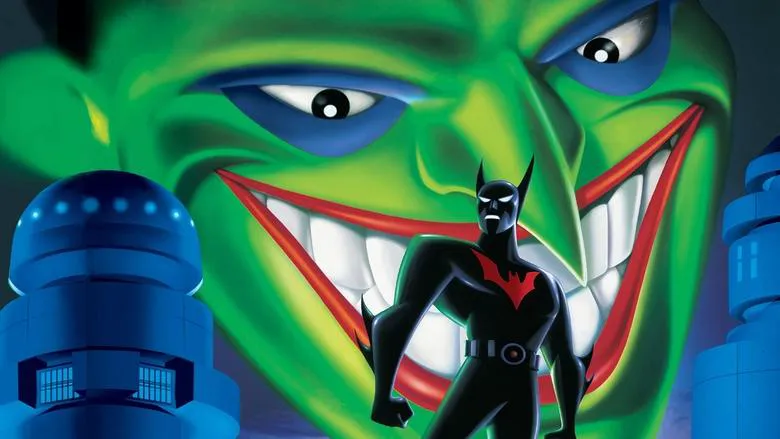
Even Gordon’s promotion to Commissioner, a moment met with the Joker’s chilling applause, might transcend mere sarcasm. Within this theory, it could signify the Joker’s rare, genuine acknowledgment and belief in Gordon’s unwavering integrity, recognizing him as a vital, incorruptible pillar necessary for a truly reformed Gotham.
The Batman Dilemma
The Joker, within this interpretive framework, possesses an absolute, uncompromising vision for Gotham: the utter eradication of both organized crime and deep-seated official corruption. However, one formidable obstacle consistently stands in his path: Gotham’s enigmatic vigilante, Batman. From the outset of the film, it is evident that Batman acts as a powerful inspiration for others, leading to the rise of less disciplined, often violent vigilantes. In the Joker’s warped but strategic perspective, Batman doesn’t represent hope but rather a symbol of fear, chaos, and, most critically, the perpetuation of a self-defeating cycle of revenge. Batman, therefore, cannot be allowed to continue his operations.
Yet, a simple assassination is not an option. Killing Batman would inevitably transform him into a martyr, his ideals glorified and potentially perpetuated even beyond death. The Joker’s objective is not to create a symbol but to entirely dismantle the system that perpetuates suffering, and that includes Batman’s flawed approach.
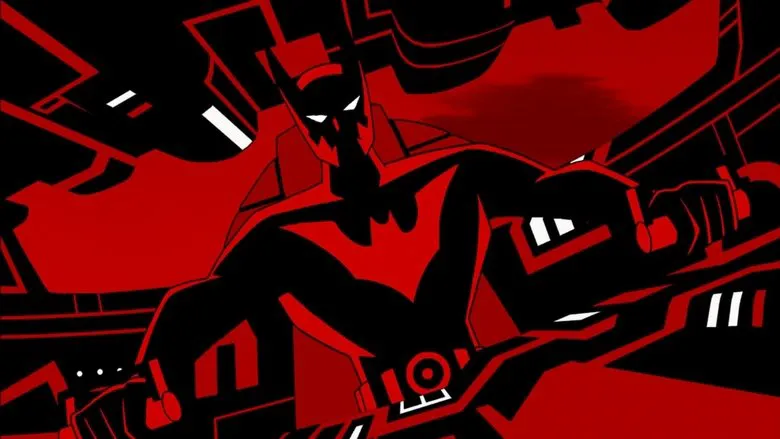
A pivotal and heart-wrenching moment within this theory revolves around Harvey Dent’s tragic transformation. While the exact extent of the Joker’s foreknowledge regarding Harvey’s severe disfigurement in the explosion remains ambiguous, Rachel Dawes’s death was unequivocally a carefully calculated emotional blow. The theory posits that the Joker deliberately furnished Batman with a false address, knowing full well that Rachel would perish, delivering a crippling emotional wound to both Bruce Wayne and Harvey Dent.
The Joker, with his keen understanding of human psychology, foresaw that Harvey would be utterly incapable of coping with Rachel’s horrific death. This profound trauma was intended to force Batman into an unbearable, impossible choice: sacrificing his core principles by killing Harvey, thus transforming Batman himself into a villain. Harvey’s death, at Batman’s hand, would inflict a devastating blow to the Caped Crusader’s psyche, fundamentally corrupting him into a true villain who had abandoned his own moral code. Therefore, Batman would be left with no recourse but to vanish into obscurity.
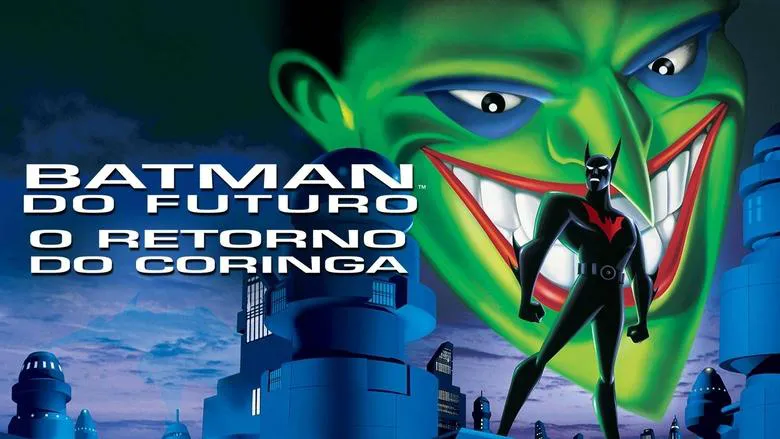
In the subsequent film, The Dark Knight Rises, we indeed witness a defeated Bruce Wayne, reemerging from an eight-year self-imposed retirement. Gotham, for nearly a decade, has experienced an unprecedented era of peace and safety, at least until the emergence of Bane. The city, significantly cleansed by the Joker’s brutal methods, no longer requires a crime-fighting vigilante. From this fascinating perspective, the Joker, albeit through incredibly destructive and morally reprehensible means, effectively exposes and purges Gotham’s systemic rot, forcing Batman to confront the fundamental flaws in his own idealistic, yet ultimately insufficient, approach to justice. The city, in a twisted way, truly found peace after the Joker’s reign of terror.

